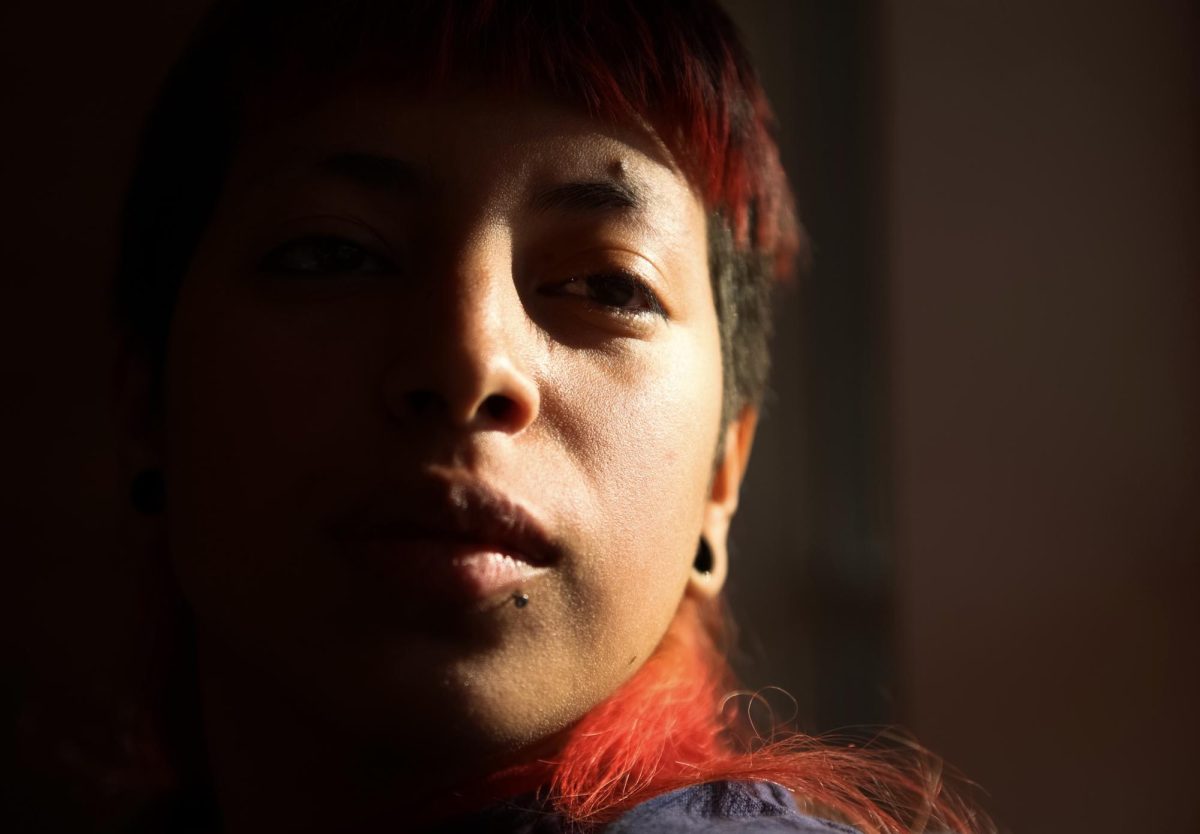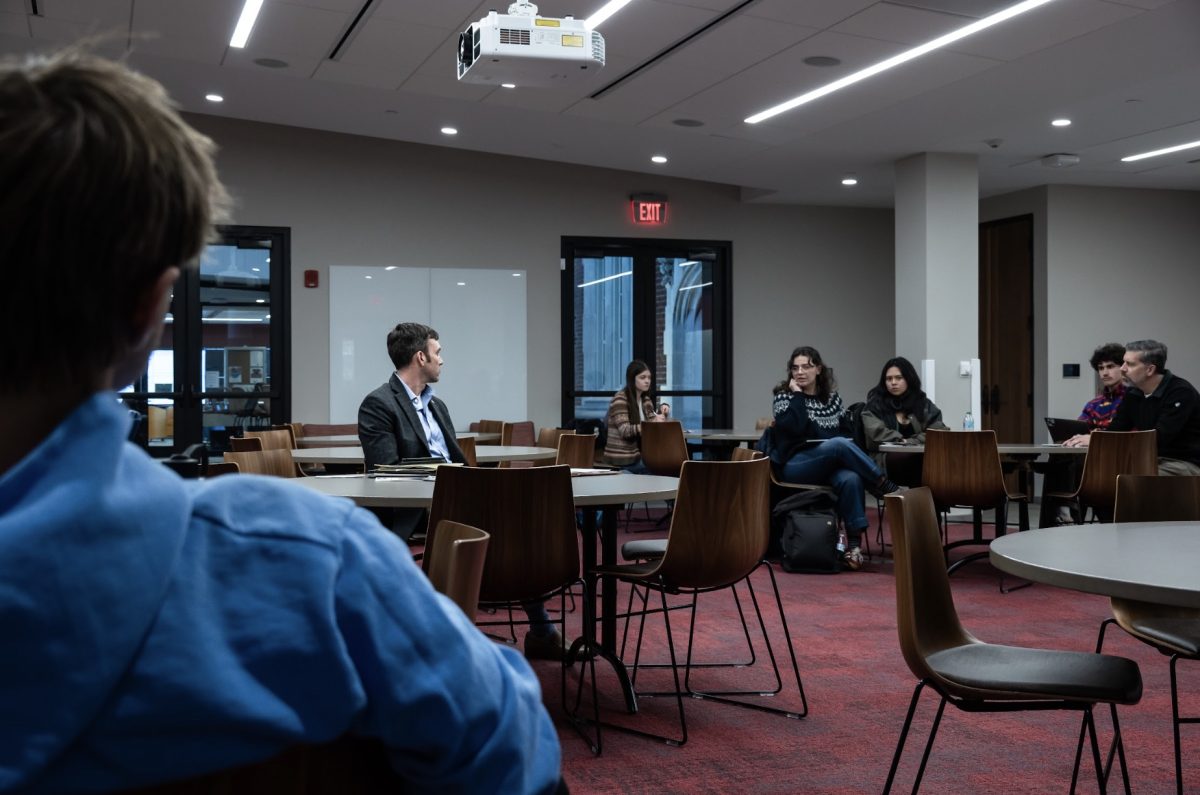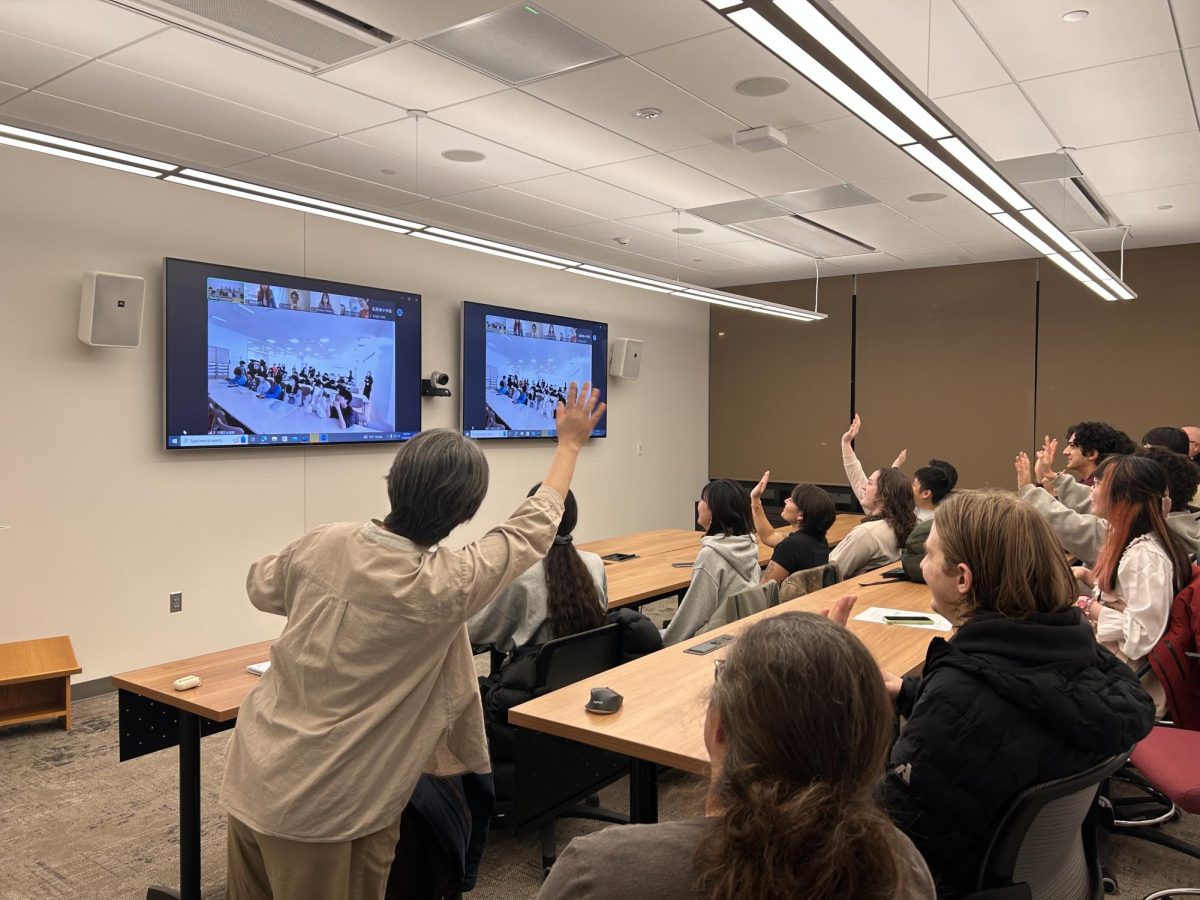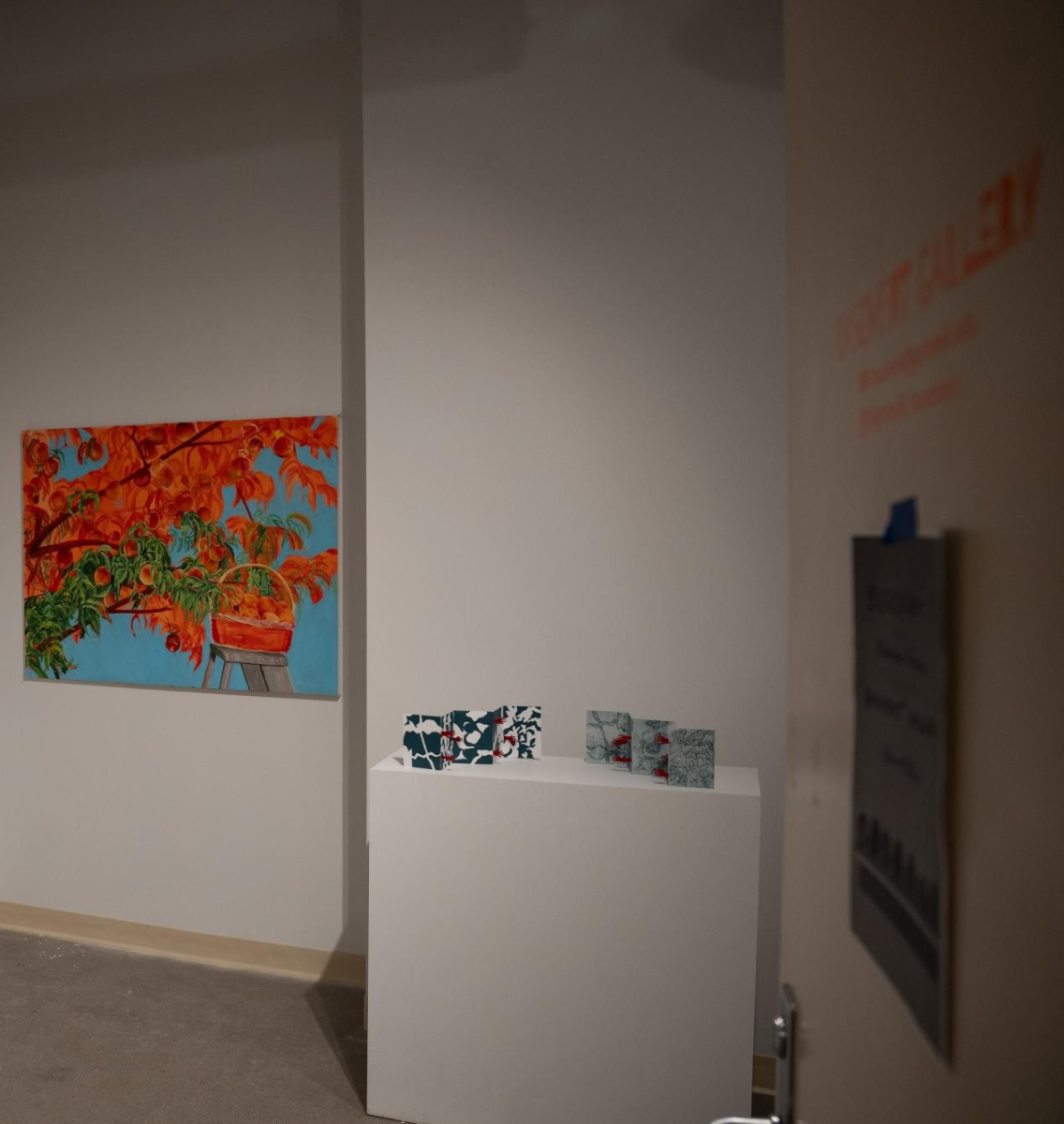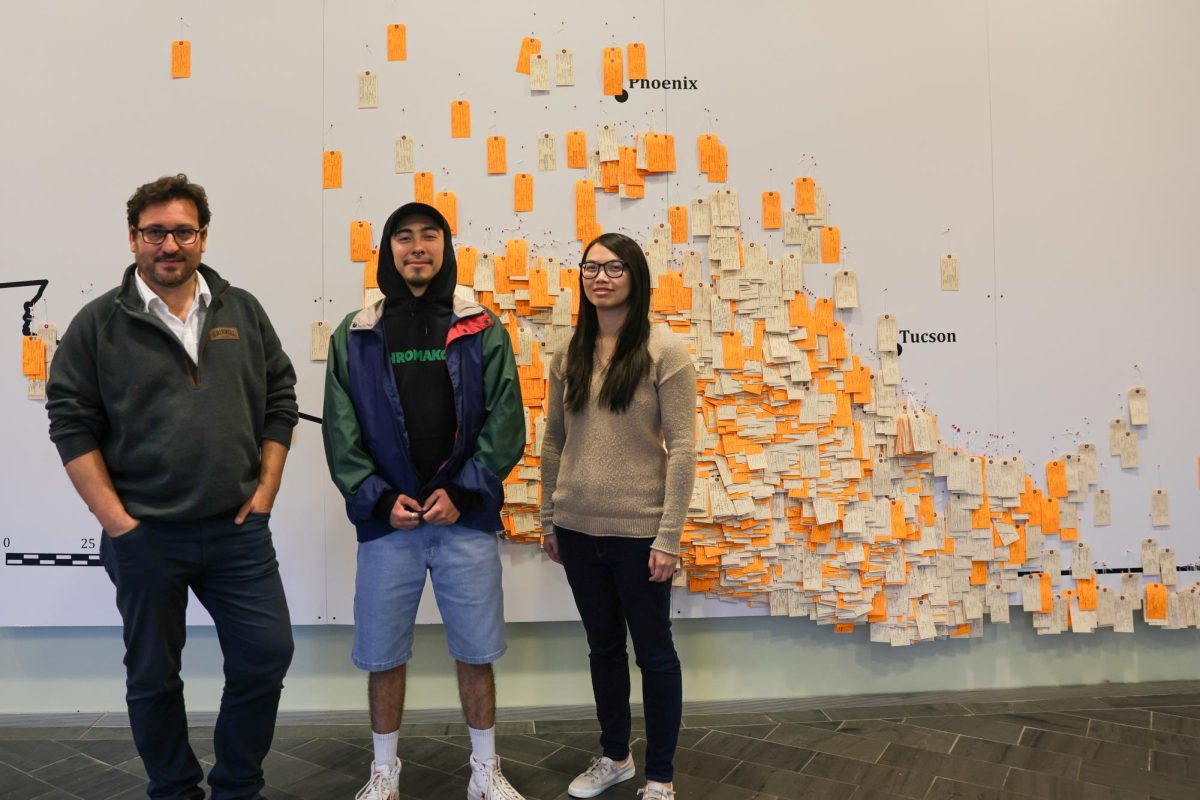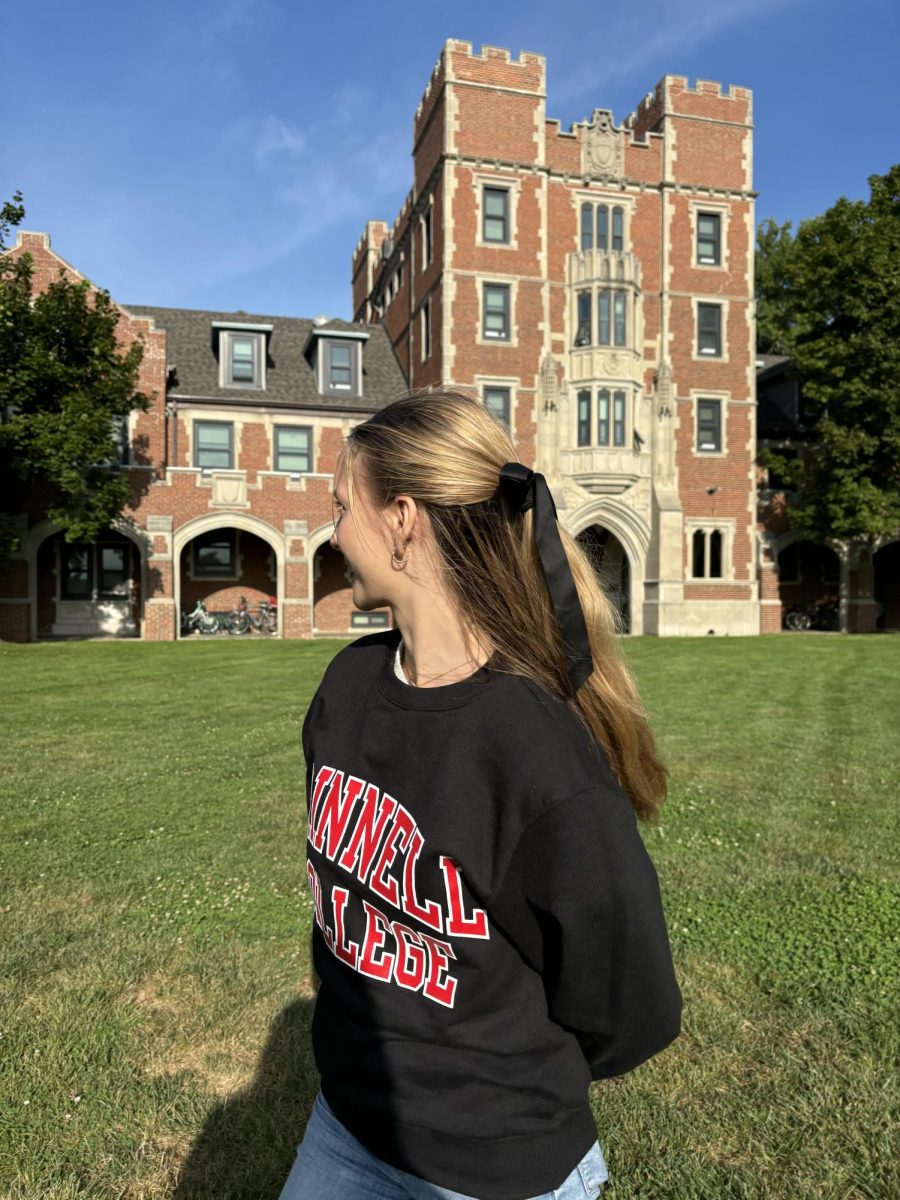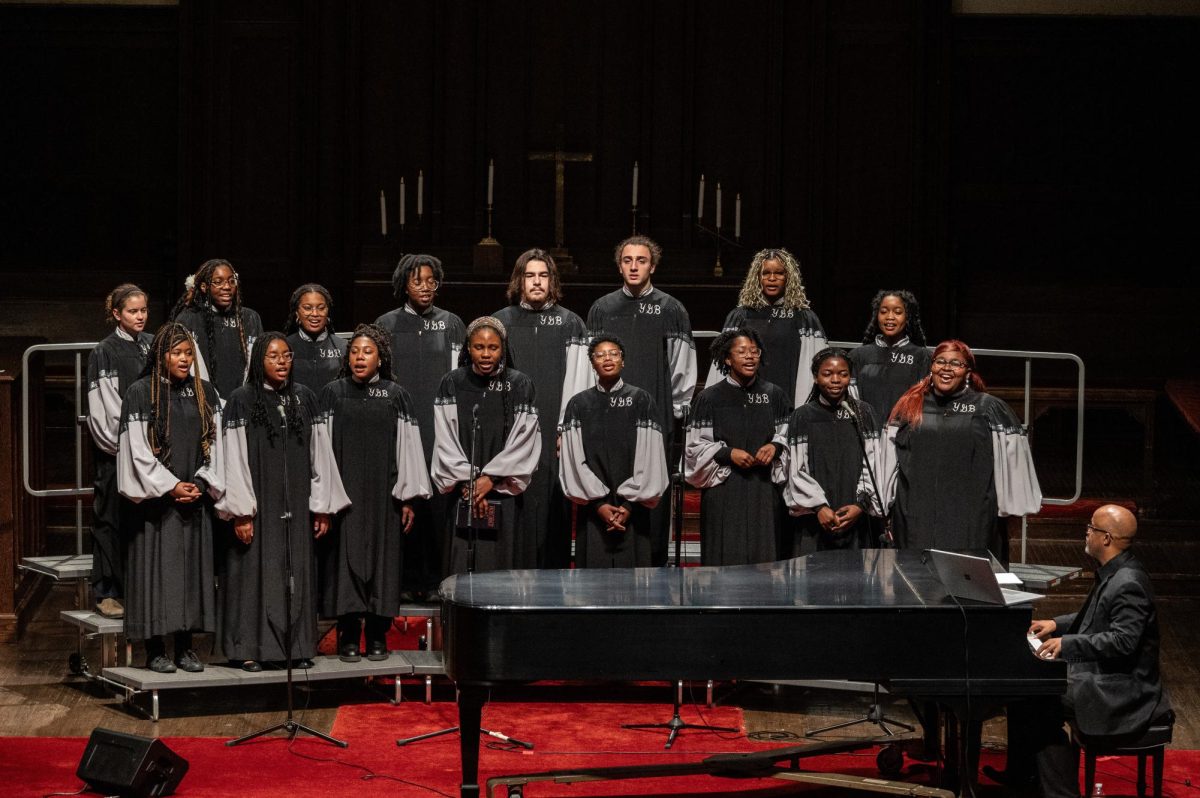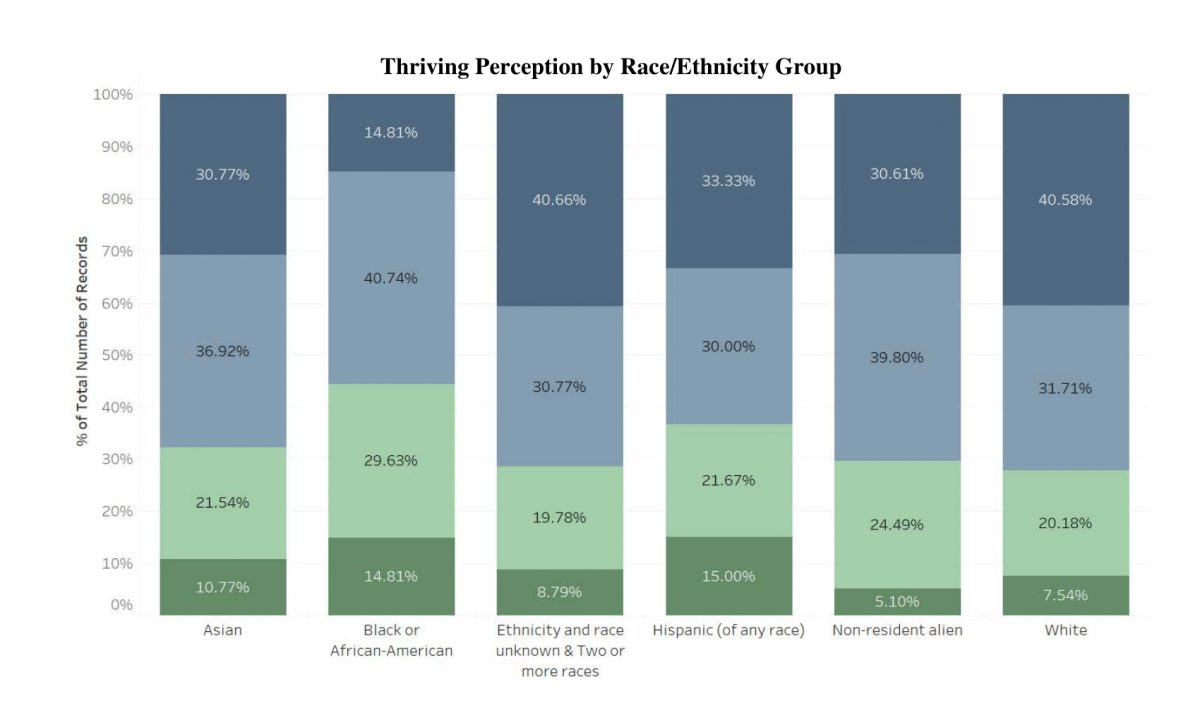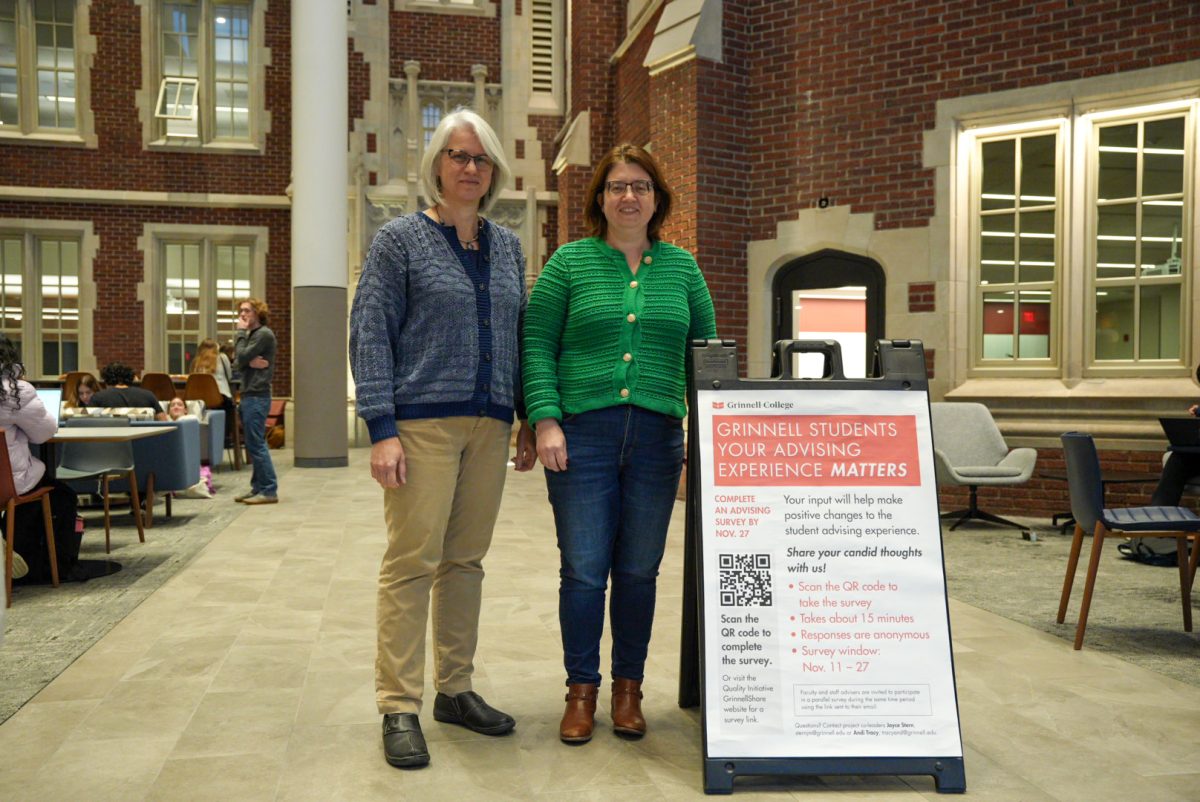By
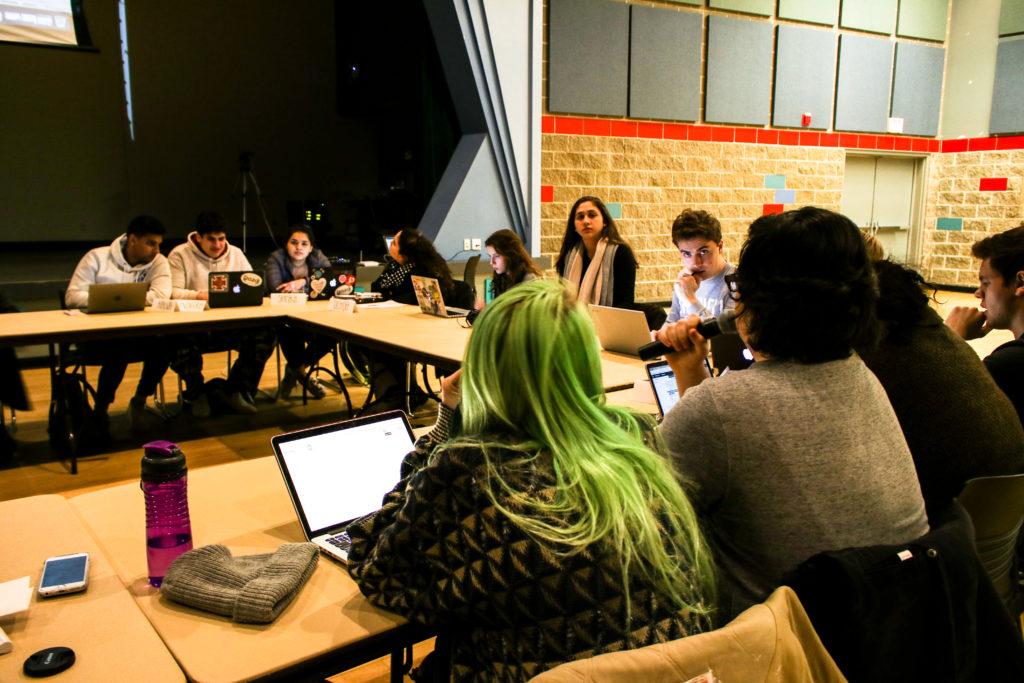
Student activism large and small is common across campus. One way to mobilize support and gather resources is to propose an initiative to the student body through Student Government Association (SGA). The Student Initiative Fund Committee (StiFund) handles the logistics of both the proposal and implementation process for all student initiatives. Antonio DiMarco ’18 and Dylan Ambrosoli ’18 serve as co-chairs for the committee. This semester, all student initiatives were passed, including initiatives to address the presence of yellow-jackets in the dining hall picnic area, install laundry facilities in off-campus student housing, provide Frosted Mini-Wheats as a cereal option, supply movable white boards for some residential lounges and create a student mural on which students could express themselves as they wish.
One initiative of particular interest and controversy is an initiative proposed by Quinn Ercolani ’20, a senator for students in off-campus college-owned housing this semester. His initiative, he said, is “an initiative to install — or try to install — a student, an active student, as a member of the board of trustees of Grinnell College with voting power.”
Ercolani says that he developed the idea amid the divestment debate during which he says the board was “unprecedentedly open.”
“I figured it might be helpful to bridge the divide between the student body and the board a little bit and make it even more open to the students,” Ercolani said.
The specifics of the initiative remain unresolved. On Wednesday night, at Campus Council, Ercolani proposed several resolutions to amend the Student Government Association’s bylaws. While voting will not take place until the next Campus Council, the Senators debate including the proposed position as one of the responsibilities of the SGA President, creating an entirely new position to assume this role or simply passing a resolution indicating their support for such a position.
Whatever decision comes out of campus council, there’s no guarantee that the board of trustees will approve the proposal. During Campus Council, cabinet members and senators raised questions about whether it would be more productive to refrain creating a bylaw to the constitution until they find out whether they will have the approval of the board. Ercolani admits the decision to include a student on the board is difficult, acknowledging the conflict of interest issues and the immense responsibility the student trustee would assume, but he believes that such a position would go a long way toward increasing self-governance at Grinnell.
“It’ll be interesting to see how the board reacts to this because either way it says a lot about how they view us as students and our capacity to participate in our own governance. … We’re talking about self-gov, and there’s this layer of governance that isn’t self-gov. It’s completely mandated. We have very little input,” Ercolani said.
Whether or not Ercolani’s initiative is successful, students will be able to continue proposing initiatives addressing the issues they care about for years to come. StiFund is designed to be open to all students as a functional and effective way to mobilize support for any issue, and both DiMarco and Ambrosoli expressed their desire for even more student involvement in the process.
“I’d like to extend an invitation to everyone who’s kind of curious about gaining operational experience and how you actually get things done in a bureaucracy of sorts to show up to our meetings,” Ambrosoli said.
According to DiMarco and Ambrosoli, StiFund provides students with a way to organize, process and implement a proposed initiative, assuming it passes the student body’s vote.
“The Student Initiative Fund is a platform for students to express their wants to make [college] the experience that they want it to be. They have the opportunity to get initiatives, find local support on campus, go through an electoral process, and then be really integrated in the implementation process of their initiative,” DiMarco said.
Student initiatives can be anything, ranging from the skateboard racks found across campus to a message to the administration, lent extra weight by the tangible support of the student body.
If a student wishes to propose an initiative, they would have to apply to StiFund and outline their issue, plan and rationale. They then must gather 100 student signatures in order to have the issue placed on the ballot for the student body to vote on. The voting is only final after at least half of the student body has voted. If a student’s initiative has passed this process, they must then work with StiFund and the relevant groups to implement their idea.
The implementation process itself can be as simple as making the appropriate authorities aware of a problem or as complicated as amending SGA’s bylaws. Either way, both Ambrosoli and DiMarco see their role as “facilitators” who work “to the best of [their] ability” to institute the wishes of the students.
Whatever the issue, according to DiMarco, the Student Initiative Fund remains a “viable grounds for reform on campus,” and any student with a cause can advantage of this opportunity and resource.

